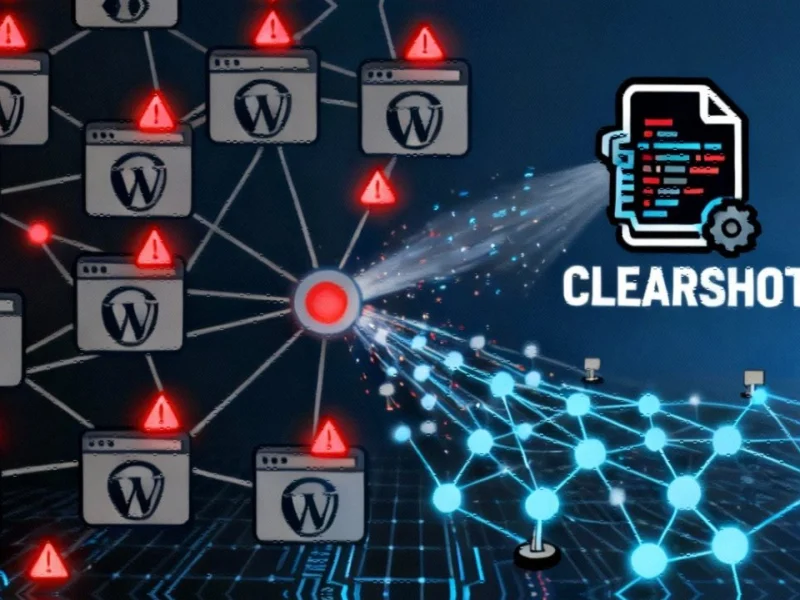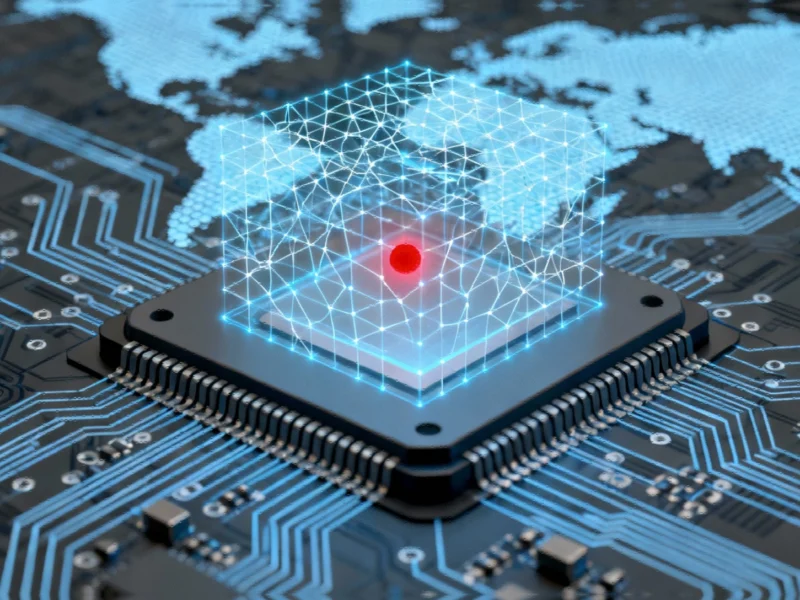The Strategic Importance of Time Synchronization
In an era where digital infrastructure forms the backbone of national security, China’s recent allegations that the United States targeted its National Time Service Center represent a significant escalation in cyber warfare tactics. The facility, responsible for providing precise timing services to China’s communications, financial, power grid, transportation, and defense systems, represents what security experts call “critical infrastructure of critical infrastructure” – the systems that enable all other essential services to function properly.
According to Chinese Ministry of State Security claims published on WeChat, the US National Security Agency allegedly exploited vulnerabilities in mobile messaging services to compromise National Time Center employees as early as 2022. The ministry further asserts that between 2023 and 2024, the NSA deployed 42 distinct cyber weapons to disrupt internal networks and attempted to infiltrate core timing systems, though no evidence was provided to support these allegations.
The Escalating Cyber Conflict
The timing infrastructure attack allegations emerge against a backdrop of reciprocal accusations between the world’s two largest economies. Chinese authorities stated, “The U.S. is accusing others of what it does itself, repeatedly hyping up claims about Chinese cyber threats.” This statement references recent technology disputes where US agencies have publicly attributed multiple sophisticated cyber operations to Chinese state-sponsored actors.
Just days before China’s time center allegations surfaced, US cybersecurity firms reported a “nation-state threat actor” linked to China had maintained access to a security provider’s networks for approximately 12 months. This pattern of mutual attribution extends to what US officials called the “worst in nation’s history” telecommunications breach in 2024, which the FBI and CISA attributed to PRC-affiliated actors, along with several other high-profile cases involving alleged Chinese hacking campaigns against US government and corporate targets.
Why Time Systems Represent Critical Infrastructure
Precision timing serves as the invisible foundation supporting modern technological systems. From financial transactions timestamped to the millisecond to power grid synchronization and military coordination, accurate timekeeping enables the industry developments that define contemporary infrastructure. Disruption to these systems could potentially cause cascading failures across multiple sectors, making them high-value targets in state-level cyber operations.
China’s vast geographical expanse makes maintaining synchronized time across the country particularly challenging and essential. The National Time Service Center, operating China’s standard time (Beijing Time), utilizes atomic clocks and satellite systems to maintain accuracy within nanoseconds. Compromising these systems could theoretically disrupt everything from stock market operations to military communications and transportation networks.
The Broader Industrial Computing Context
These allegations highlight the increasing vulnerability of industrial control systems and critical infrastructure to cyber threats. As revealed in coverage of critical infrastructure targeting, the incident underscores how industrial computing systems have become primary targets in geopolitical conflicts. The specialized nature of timing systems presents unique security challenges that differ from conventional IT networks.
Meanwhile, advancements in self-hosted media systems demonstrate how computing technologies continue evolving across sectors. Similarly, factory technology innovations in turbulence modeling show the expanding capabilities of industrial computing, while automation sector investments highlight the growing convergence between entertainment and industrial technologies.
Cybersecurity Implications for Industrial Systems
The alleged attacks on China’s timing infrastructure highlight several concerning trends in industrial cybersecurity:
- Expanding attack surfaces as operational technology systems become increasingly interconnected
- Sophisticated persistence with attackers maintaining access over extended periods
- Specialized malware development targeting specific industrial control systems
- Supply chain vulnerabilities through third-party components and service providers
These developments in related innovations underscore the need for robust security measures specifically designed for industrial computing environments, where conventional IT security approaches often prove inadequate.
Geopolitical Context and Future Implications
The reciprocal accusations between the US and China reflect broader technological competition and highlight how cyber operations have become standard tools of statecraft. While both nations deny the other’s allegations, security analysts note that targeting critical infrastructure represents a dangerous escalation that could potentially cross established red lines in cyber conflict.
As industrial computing systems become increasingly central to national security and economic stability, protecting these assets from sophisticated state-sponsored attacks will require unprecedented cooperation between governments and private sector operators. The alleged targeting of timing infrastructure serves as a stark reminder that in our interconnected digital world, even the most fundamental systems – those tracking time itself – have become potential battlegrounds in ongoing geopolitical competition.
This article aggregates information from publicly available sources. All trademarks and copyrights belong to their respective owners.
Note: Featured image is for illustrative purposes only and does not represent any specific product, service, or entity mentioned in this article.



